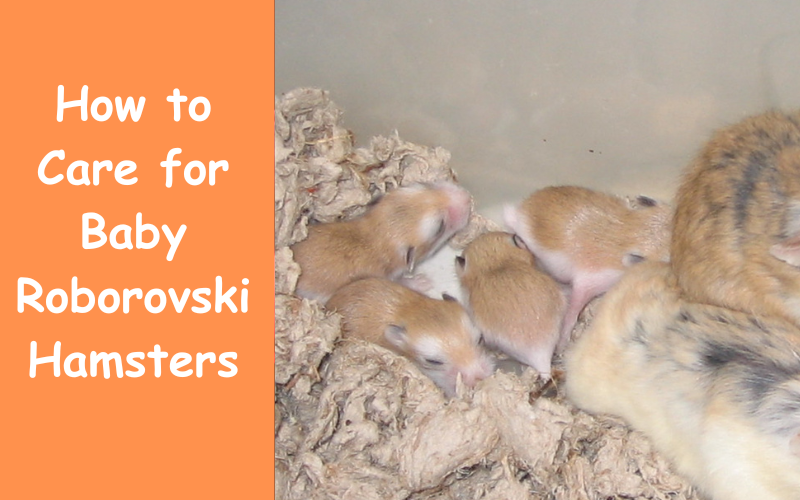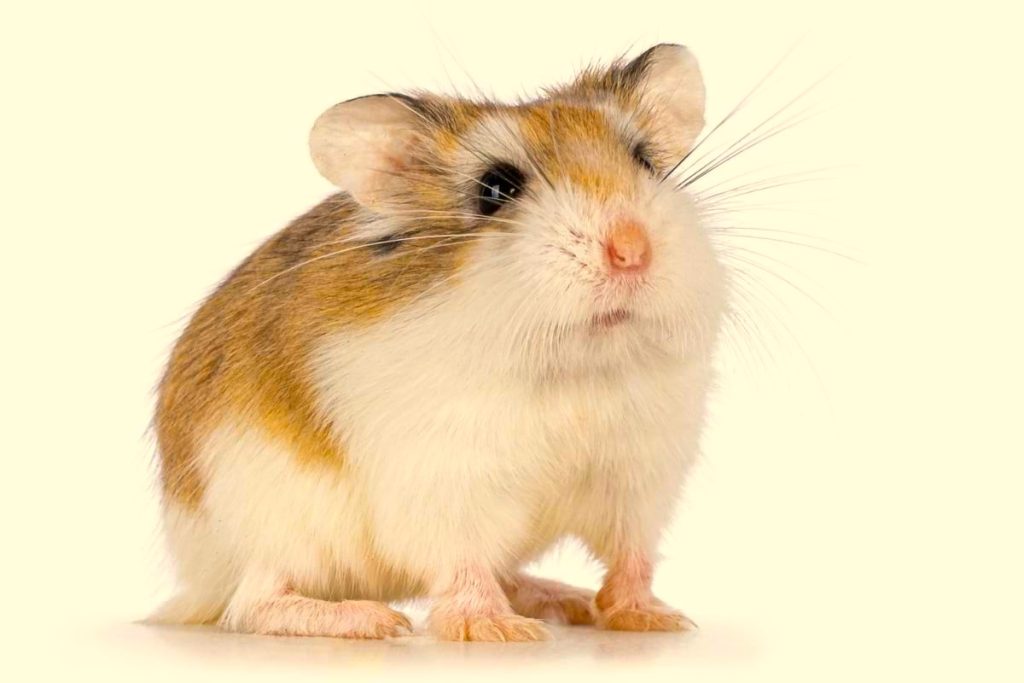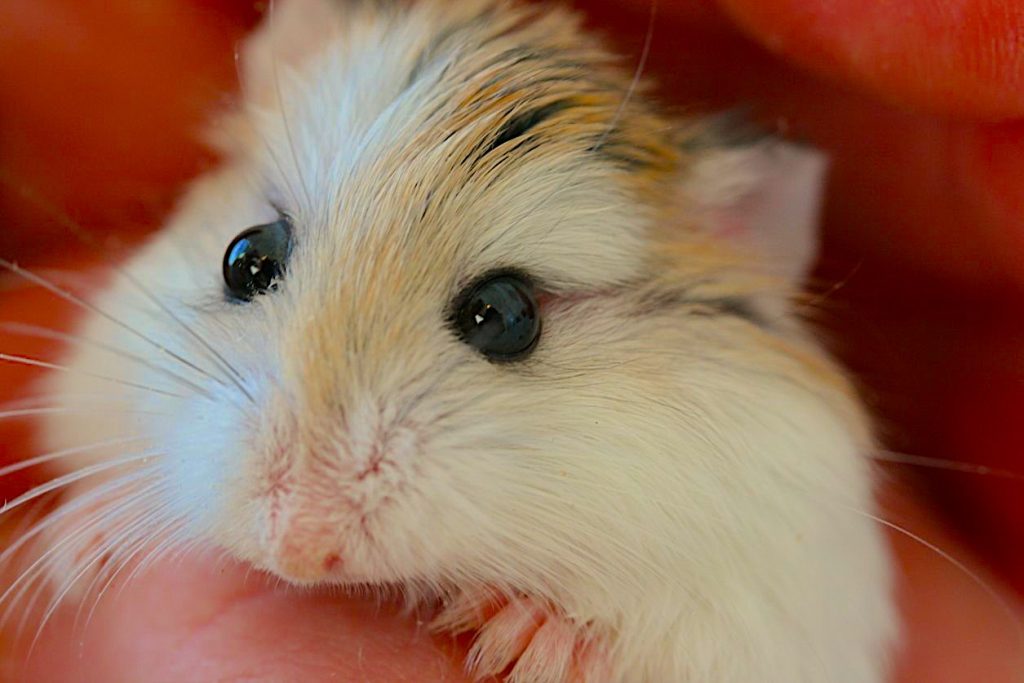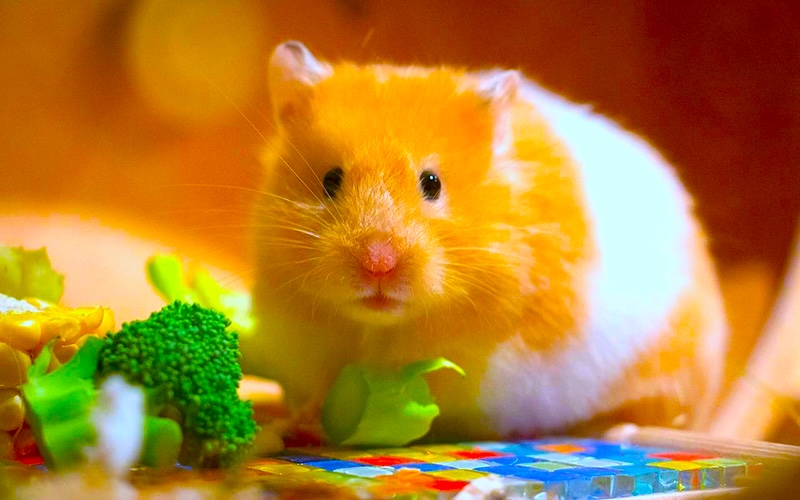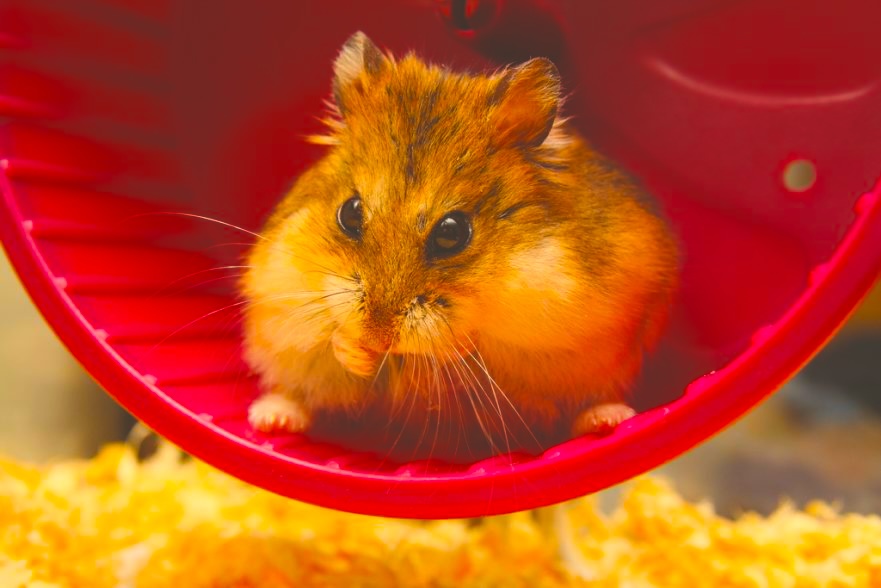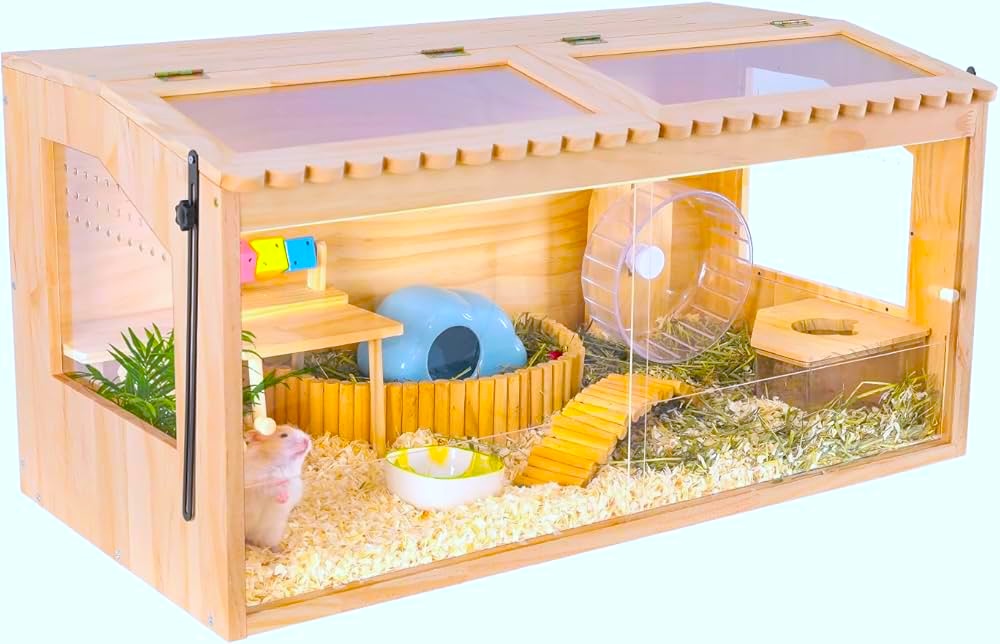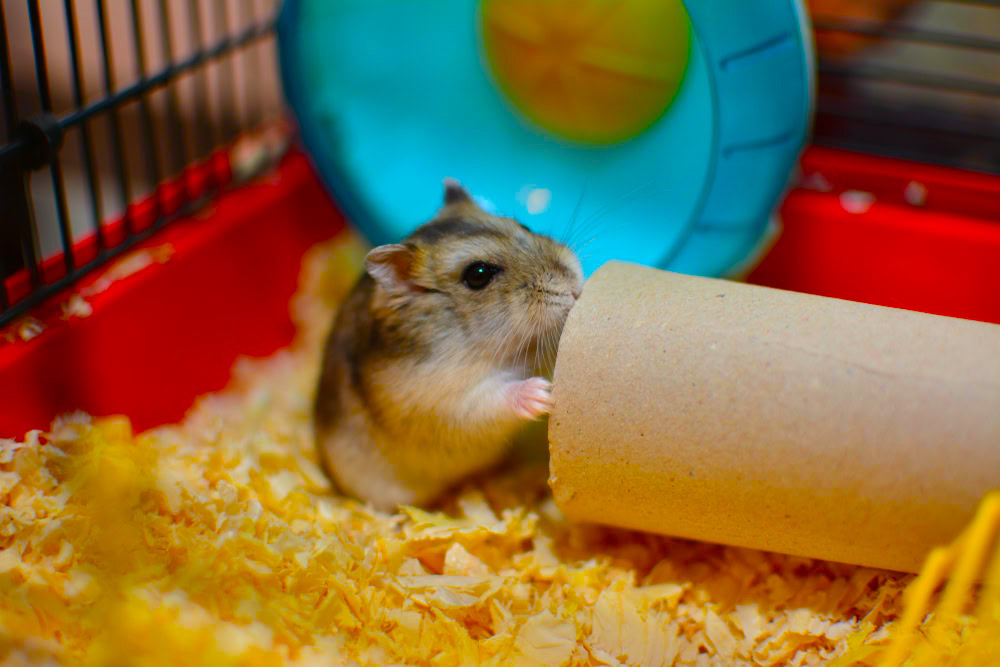Tiny, speedy, and downright adorable—baby Roborovski hamsters (or “Robos”) are some of the most delightful small pets you can raise. These pint-sized fluffballs may be the tiniest of the dwarf hamster species, but they come with big personalities and even bigger energy levels. If you’re lucky enough to welcome baby Roborovski hamsters into your home, it’s essential to understand their unique care needs to ensure they grow up healthy, happy, and well-adjusted.
Whether you’re a first-time hamster owner or an experienced breeder, this guide will walk you through everything you need to know about baby Roborovski hamster care, from setting up their enclosure to feeding, handling, and beyond. Let’s dive in!
Understanding Baby Roborovski Hamsters
Before we jump into care tips, let’s get to know these tiny speedsters a little better. Roborovski hamsters are the smallest species of dwarf hamsters, growing only about 2 inches long when fully grown. Unlike Syrian hamsters, they are social creatures that can live in pairs or small groups (if introduced correctly).
Baby Robos are born hairless, blind, and completely dependent on their mother. During their first few weeks of life, they undergo rapid development:
- Week 1: Fur begins to grow, and they remain snuggled in the nest.
- Week 2: Eyes start to open, and they become more curious about their surroundings.
- Week 3: They begin exploring and nibbling on solid food.
- Week 4-5: They are fully weaned and can be separated if necessary.
Now that you have a basic timeline of their growth, let’s get into how to prepare for their arrival.
Preparing for Baby Roborovski Hamsters
Setting Up the Perfect Enclosure
Before your baby Robos are old enough to venture out of the nest, you’ll want to ensure their home is safe and secure. Unlike larger hamsters, Robos are escape artists, so choosing the right habitat is key!
- Cage Type: A glass tank (minimum 20-gallon size) or a large plastic bin with a secure mesh lid is best. Avoid wire cages with wide bars, as baby Robos can squeeze through them.
- Bedding: Use soft, unscented paper-based bedding. Avoid pine or cedar shavings, which can cause respiratory issues.
- Hiding Spaces: Provide small tunnels, coconut hides, and nest boxes to make them feel secure.
- Temperature & Lighting: Keep their enclosure in a quiet, draft-free area with temperatures between 65-75°F (18-24°C).
Nesting and Mother Care
If you’re caring for baby Robos with their mother, do not disturb the nest for the first two weeks. Handling them too soon can stress the mother, leading her to abandon or even harm her babies. Make sure she has plenty of food and fresh water so she can focus on nursing her little ones.
Diet and Nutrition for Baby Roborovski Hamsters
Baby Roborovski hamsters transition from their mother’s milk to solid foods within the first month. To support their growth, they need a well-balanced diet.
What to Feed Baby Robos:
- High-Quality Hamster Pellets: These provide essential nutrients and should be the base of their diet.
- Millet Sprays & Seeds: Millet is an excellent first food since it’s easy to nibble on and full of energy.
- Soft Foods (For Weaning): Cooked egg, tiny bits of boiled chicken, or softened hamster pellets can support their transition to solids.
- Fresh Vegetables (Once Weaned): Start with tiny pieces of cucumber, carrot, or leafy greens.
Foods to Avoid:
- Citrus fruits (too acidic)
- Sugary treats (can lead to diabetes)
- Onion, garlic, and leeks (toxic to hamsters)
Fresh water should always be available in a low-hanging water bottle or shallow dish.
Handling and Socializing Baby Robos
Roborovski hamsters are known for being fast and skittish, so handling them requires patience. Unlike Syrian hamsters, they may never become cuddle bugs, but with time and consistency, they can learn to trust you.
When to Start Handling:
Wait until the babies are at least three weeks old before attempting to handle them. At this stage, they are mobile and curious but still impressionable.
Tips for Gaining Their Trust:
- Let Them Get Used to Your Scent: Place your hand in their enclosure without moving to let them sniff and explore.
- Use Treats to Encourage Interaction: Offer millet sprays or sunflower seeds to create positive associations.
- Go Slow: Start with short handling sessions and work up to longer ones.
- Handle Over a Safe Surface: These little speedsters can jump or dart away quickly, so keep handling close to a soft area like a bed or playpen.
Health and Common Issues in Baby Robos
A healthy baby Robo should be active, curious, and have bright eyes and a well-groomed coat. However, baby hamsters are delicate, and issues can arise.
Signs of Health Problems:
- Weakness or lethargy
- Unusual fur loss or bald patches
- Wet tail (a serious bacterial infection)
- Diarrhea or dehydration
If you notice any of these signs, consult a vet experienced with small rodents as soon as possible.
Cleaning and Maintenance
Keeping your baby Robos’ enclosure clean is essential, but since they are tiny and easily stressed, you’ll need to be gentle.
- Spot Clean Daily: Remove soiled bedding and leftover food.
- Deep Clean Weekly: Replace bedding and wipe down the enclosure with warm water (avoid harsh chemicals).
- Minimize Stress: Keep a small amount of the old bedding to maintain their scent and reduce anxiety.
When to Separate Baby Hamsters
Roborovski hamsters are social, but fights can break out if they aren’t housed properly.
- If aggression starts (chasing, squeaking, biting), separate them into same-sex pairs or individual enclosures.
- Males and females must be separated by 4-5 weeks old to prevent accidental breeding.
Frequently Asked Questions (FAQs)
How long do baby Robos stay with their mother?
They should stay with their mother until four weeks old before being weaned.
Can I keep siblings together?
Sometimes, but be prepared to separate them if fights break out.
What’s the best way to introduce a new Robo?
Use the split-cage method to gradually introduce hamsters while keeping them separate but visible to each other.
Conclusion
Caring for baby Roborovski hamsters is a rewarding experience that requires patience, preparation, and a gentle approach. With proper care, these tiny fluffballs can grow into happy, healthy adults ready to zoom around their enclosure with boundless energy.
Whether you’re a first-time owner or a seasoned hamster enthusiast, following these steps will help ensure your baby Robos get the best start in life. Happy hamster parenting!
Have questions or your own Robo stories to share? Drop a comment below!

